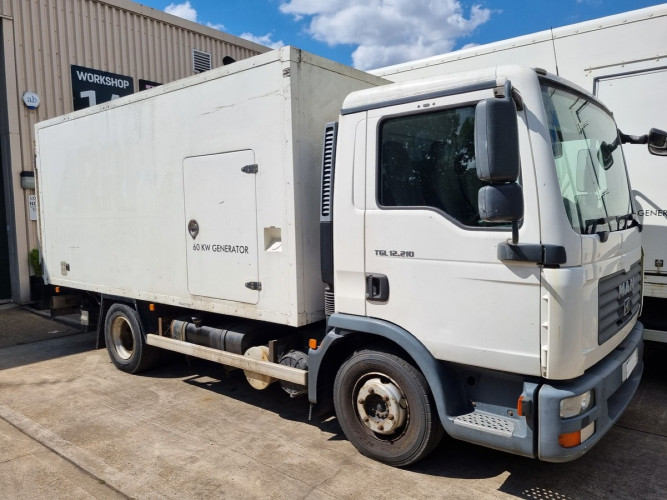What vision do you have of the broadcast technology business beyond 2030?
Over the next eight years we are going to be in transition, and within that there will be vastly different rates of change among content owners and media organisations. As a technology provider the onus is on us to be flexible and adaptable to meet this wide range of requirements from our customers.
There is a real appetite for change, with many broadcasters looking at cloud, but also an understanding that it is not right for everyone or every part of the content chain in the short to medium term. The traditional model of producing content for television has an exceptionally long tail, so we do not expect wholesale changes for a while yet.
Even after 2030, there will be traditional on-premises workflows and infrastructures, but longer term, the move to private datacentres and public cloud is inevitable. The migration away from traditional models is going to be an evolution rather than a revolution.
IP continues to be a gateway to virtualised software defined environments, and this is something that will continue to become more prevalent as customers demand greater levels of flexibility and agility, as well as the ability to modularise and select best-of-breed components for their infrastructures and workflows form different suppliers. The addition of a software control layer does bring in added complexity and we are still a way off from universal standards to ensure the seamless interoperability that customers need – as a result, this is another area where we will see a gradual progression rather than a rapid transition.
Automation to handle time-consuming, repetitive manual tasks is another area we will see development; it is about freeing up production teams to focus on more high value, more creative aspects of their role rather than eliminating jobs.
In parallel to the technology shifts, the pandemic fuelled the demand for VoD services, and we have seen a raft of new streaming services emerge. However, with demand for multiple streaming subscriptions already dropping off, we will go back to more aggregated content services. I expect it will be very much like the cycles we have seen in managed services, which has experienced periods of being outsourced and are now being brought back in-house.
What key opportunities do you see emerging for technology vendors?
Offering a set of flexible modular tools that can achieve unity of operation for every customer is not practical, so technology vendors have to be smarter about the solutions they develop. Configurability – defining workflows by configuration rather than code - is becoming increasingly important to meet the needs of individual customers
How do you see new technologies, for example 5G broadcast/multicast, impacting the broadcast and media industry?
5G broadcast has a lot of interesting opportunities in terms of public service information broadcasting/multicasting. Event-based service – for example, additional content offerings for fans attending a live game in a stadium – is another major opportunity; this can be everything from additional camera angles to pre- and post-game interviews, which cannot be supported by existing mobile networks.
The challenge in getting revenue generating 5G broadcast/multicast services up and running is the degree of cooperation required between multiple players, from device manufacturers and network operators to content owners and infrastructure providers. There is enormous potential there, however.
What challenges do you see for broadcasters and how can they be addressed?
The biggest challenge is not the technology, it is having the right skills available to deploy and make the technology work effectively, as well as maintain and evolve that technology. Right across our industry, we are facing a skills gap and we must find ways to attract the next generation of creatives and technicians.
We need to be engaging with youngsters in schools – before they get to further education and have already chosen their career path – and show them that this is an exciting industry that can offer them opportunities for a fantastic career.
How can broadcasters continue to generate revenue today and tomorrow?
That is the billion-dollar question! The critical thing is to create content – and the quality of that content is the key here – that people are willing to pay for. Clever use of technology and building in-depth knowledge of different audience demographics is also going to be vital to revenue generation going forward.
Localisation will be a growing focus for broadcasters and content providers, with extremely specific targeting of audience segments to grow advertising revenue. Delivery via the internet makes this much more efficient and effective. Product placements and graphics overlays have yet to be fully exploited, so we can expect to see more of this where it does not contradict licensing agreements and regulatory frameworks.





























